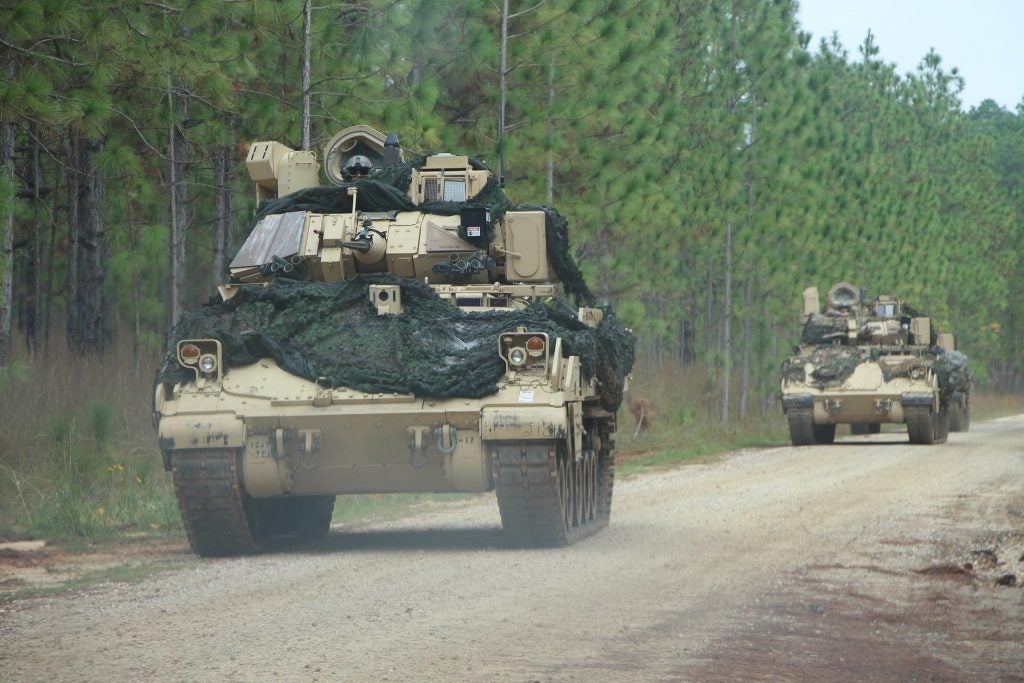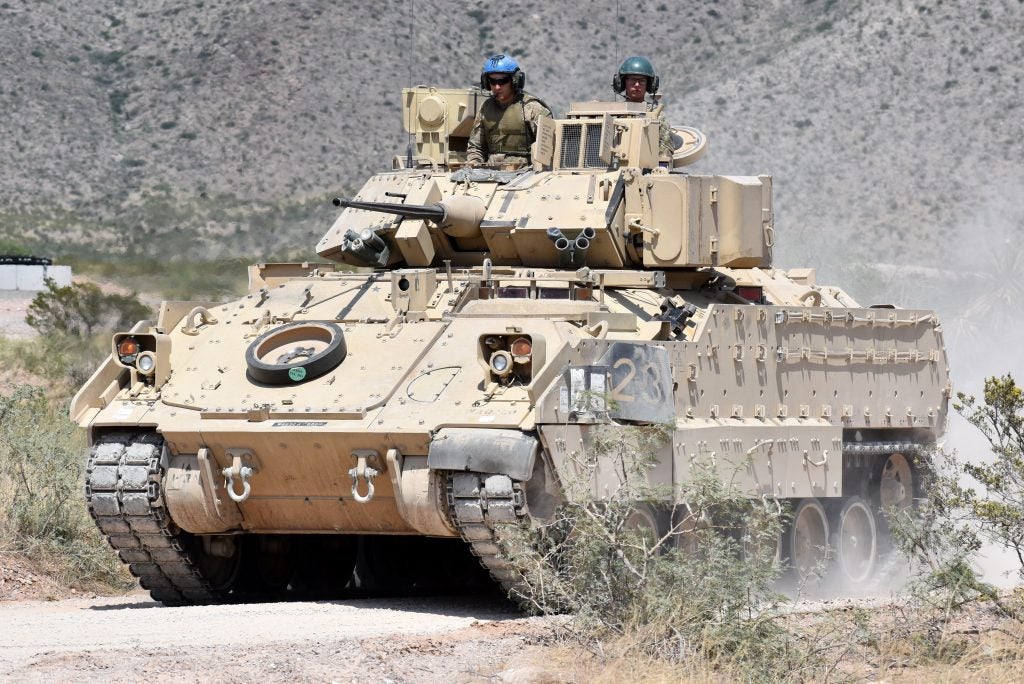US Army OMFV (Optionally Manned Fighting Vehicle) Re-boot Launched
The US Army’s Optionally Manned Fighting Vehicle (OMFV) programme, the troubled Bradley infantry fighting vehicle (IFV) replacement, has finally released a draft RFP (request for proposal) after the programme was cancelled in January and “re-booted” with new requirements in April (as earlier reported by Overt Defense here).
The draft RFP only covers the initial preliminary digital design phase for the OMFV which asks vendors for feedback on “… what’s in the realm of the possible…” according to Major General Brian Cummings of PEO Ground Combat Systems. Vendors have until the end of August to contribute their feedback to shape the final requirements. The use of a digital design phase rather than the traditional approach of developing working prototypes reduces cost to industry and increases the flexibility of the design as vendors can add or remove elements until an agreed design is developed.
The Army has ranked the nine “characteristics” of a future OMFV in order of importance as “… survivability, mobility, growth, lethality, weight, logistics, transportability, manning, and training.” Little in the terms of strict requirements have yet been outlined although, according to the Army, the future OMFV platform should be tracked to enable it to traverse the widest variety of rough terrain. Additionally, when manned, the Army want the OMFV to only require two crew rather than the three manning the current Bradley series.

Intriguingly the ‘unmanned’ portion of the requirement which would sit under “manning” is seen as aspirational- it is not a day one requirement for the initial designs but rather building in the capability as technology matures and industry, hopefully, brings new innovations to enable the remote control of the vehicle.
Once the RFP is finalized by April next year, five contenders will be selected mid-2021 to move forward before three vendors are selected to digitally trial their designs before physical prototypes are built in 2025. The potential ‘elephant in the room’ is that the draft RFP also specifies that the Army can submit its own independent design, likely through the Ground Vehicle Systems Center (GVSC).

